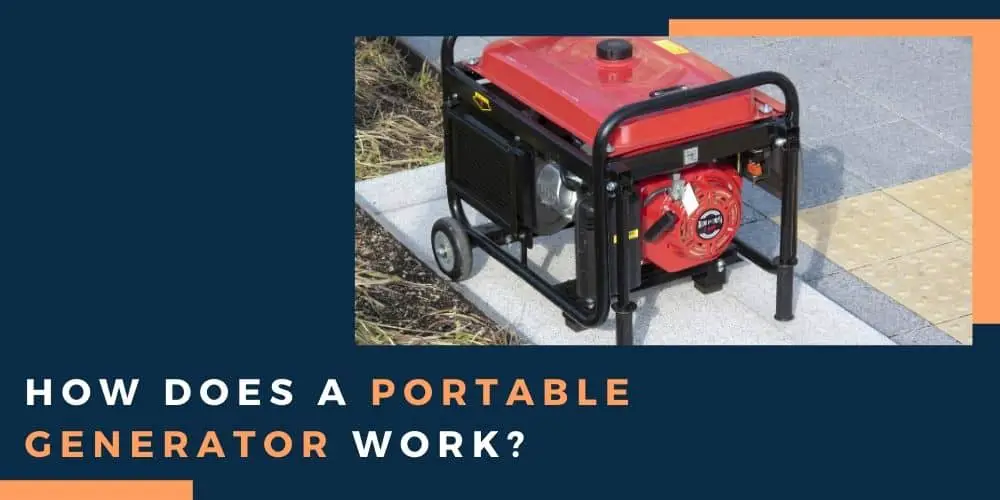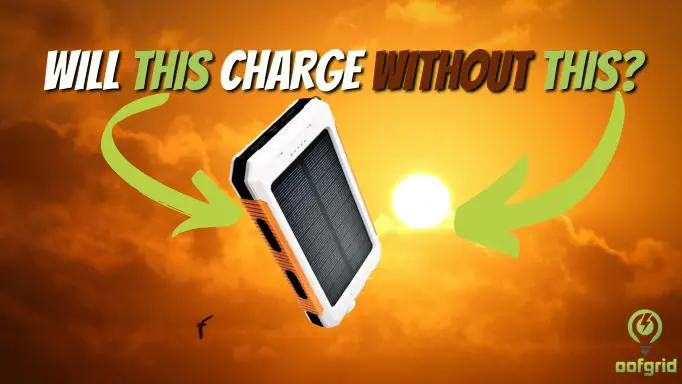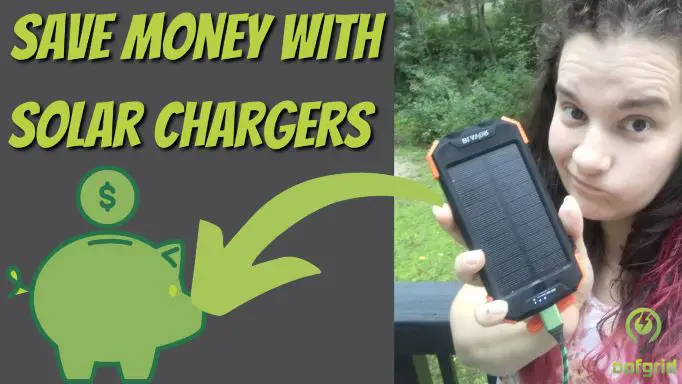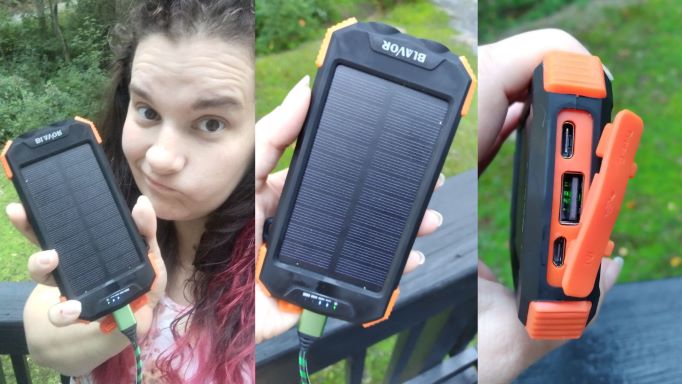Generators are excellent for ensuring that you always have enough power to your house, gathering, or motorhome. You can get large generators to fit inside your house to act as an emergency power source should the power go out and you desperately need your appliances up and running.
Alternatively, a portable generator is much more flexible and can be taken with you wherever you need it. For example, you can fit a portable generator in an RV or you can take it camping to act as your only power source during your vacation.
Portable generators are great additions to any house, whether it be a sole power source or for emergencies only. If you’re thinking about opting for a portable generator but want to know a little more about them before you take the plunge, you’ve come to the right place.
Today we’re going to look at the inner workings of portable generators so that you know exactly what you’re getting yourself into when purchasing one.
Contents
The Parts of a Portable Generator
There are five main components that can be found in a portable generator, all working together to convert mechanical energy into electrical energy.
Internal Combustion Engine
The internal combustion engine is the main powerhouse of a generator. Fuel travels into the chamber, where a spark is also created, which converts the fuel into mechanical energy.
An Alternator
The alternator converts the mechanical energy into electrical energy and can be considered the main part of the generator. A rotor, which is a rotating coil, creates a magnetic field around multiple coils which creates and houses the electrons.
The Starter
Much like the name suggests, a starter will start the generator up. The starter can be powered by a pull cord or a DC battery. The latter is often considered easier to use but the former is less expensive.
Fuel Tank
Again, as the name suggests the fuel tank is where the fuel resides. Portable generators are often powered by gas, propane, or diesel. Bear in mind that a generator that is not used for a long time might not run properly.
You should run it periodically to ensure that the fuel does not go bad and that the fuel tank is still usable when you need it.
Outlets
The outlets are where you can plug in your appliances or devices to charge them using the portable generator. The number and type of outlets are very important depending on how you want to use your generator.
There are three types of outlets – AC, DV, and USB. The more expensive your generator is, the more outlets you’re likely to have.

How a Portable Generator Works
Different portable generators will have varying ways of how they work. However, we have a basic premise of how a portable generator will work to share with you below.
- The fuel source you’re using is poured into the fuel tank carefully, using a safety spout or a funnel.
- Once you start the generator up with the starter, the fuel will travel from the tank to the internal combustion engine chamber. The fuel will keep running from the fuel tank to the internal combustion engine as long as the generator is running to keep it topped up.
- The internal combustion engine converts the fuel into mechanical energy which is then fed to the alternator, turning it into electricity. The alternator spins an electromagnet inside of a coil to generate and house an electrical field.
- The electrical energy is now converted to usable energy thanks to a regulator, creating voltage/current. This is then sent to the outlets which can power your appliances and devices.
Remember, this is how a portable generator works in its most basic form. There are other important parts that a portable generator might have, such as lubrication pipelines, cooling systems, and exhaust systems.
Why Portable Generators are Beneficial
Portable generators are much smaller than standby generators and therefore can be taken wherever you need them the most. The price of a portable generator ranges significantly, from as low as $100 to much higher.
Bear in mind that the more powerful your generator, the higher the price is going to be. Some portable generators only offer enough power to run one appliance with a couple of devices, while others are capable of running entire motorhomes.
You can tailor your generator to your exact needs to ensure that you’re not paying any more than you need to.

The Drawbacks of Portable Generators
Unlike standby generators, portable alternatives need to be started manually only after they’ve been refueled. If you need power urgently, this can take too much time and create a very stressful situation.
Portable generators will also come with a configuration of outlets that might need some tweaking to work properly. For example, if you only have one AC outlet you might need an extension cord to run everything that you want to.
Finally, portable generators need to be run outside at all times as the emissions can pollute the air with carbon monoxide, as well as other harmful gases. The generator needs to be in a well-ventilated area to prevent putting your family or friends at risk.
If you’re not certain about your generator working properly in a rainstorm, you will need a tent to provide it with enough shelter while outdoors. However, this is not ideal as tents are flammable and you could be creating a pocket of very dangerous chemicals.
Summary
Overall, portable generators are great devices that can help you in a number of different ways. If you were wanting a portable generator to take camping or in your motorhome, we hope that you feel more confident now knowing how it will work.
There are five main components of a portable generator, although there are others that could potentially be on your generator, depending on the model and manufacturer. That being said, the five components that we have shown are found on every portable generator.
There are plenty of benefits and drawbacks to portable generators, so we hope that you have a better idea of whether one is the right fit for you or not.






